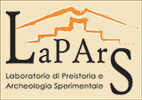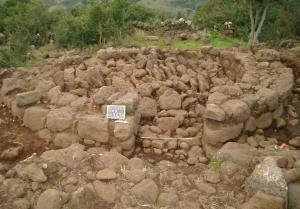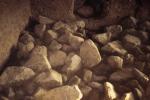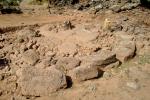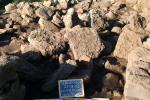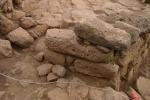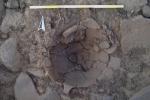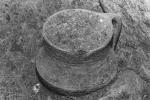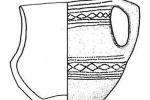Sedilo
Research in the area surrounding Sedilo was originally begun as part of the "Iloi Project", coordinated by Giuseppa Tanda. The great quantity of data collected in the course of this multi-year research project has found its way into many scientific articles and treatises.
Recently some of the data produced during field studies by Maria Grazia Melis in the domus de janas necropolis at Ispiluncas and the Nuragic site of Iloi has been analysed.
The first, in the field of stone tool production (Cappai and Melis 2005-2008; Melis, Cappai 2006), began with the discovery of chipped stone artefacts in Tombs 3 and 32 at Ispiluncas. These elements show above all that at least some of the knapping process was executed within the necropolis itself. Furthermore, this evidence opens a discussion on the importance of the act of knapping as a ritual activity, although current research is severely limited by the poor quality of the available evidence. The study was widened with analyses of other categories of finds, such as stone picks, tools and other objects as well as intentionally broken artefacts, in order to highlight on the one hand the possible connection with funerary rituals, and on the other the necessity of furthering the research through functional analysis, in order to throw light on questions about the modes of use, the intentionality of breakage, etc.
The second line of research looked at Nuragic architecture. The excavation of buildings 1, 5 and 14 of Iloi produced important information on roofing, in this case a form of roof shingle employing variously sized tiles. It also provided in situ evidence of the use of small irregular stone blocks used as a building material, with the function of filling the gaps between larger polygonal blocks (Melis 2006, 2012).
